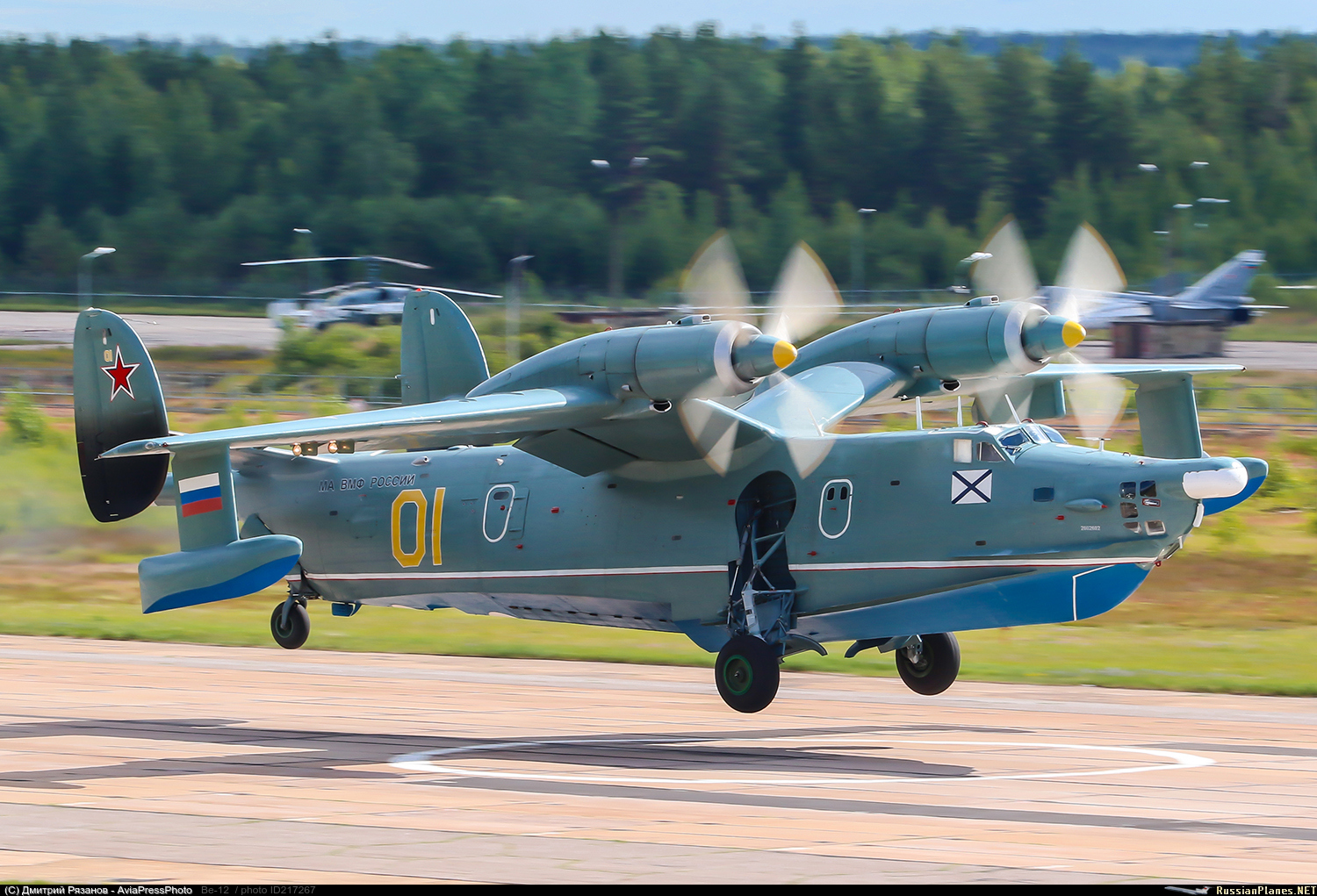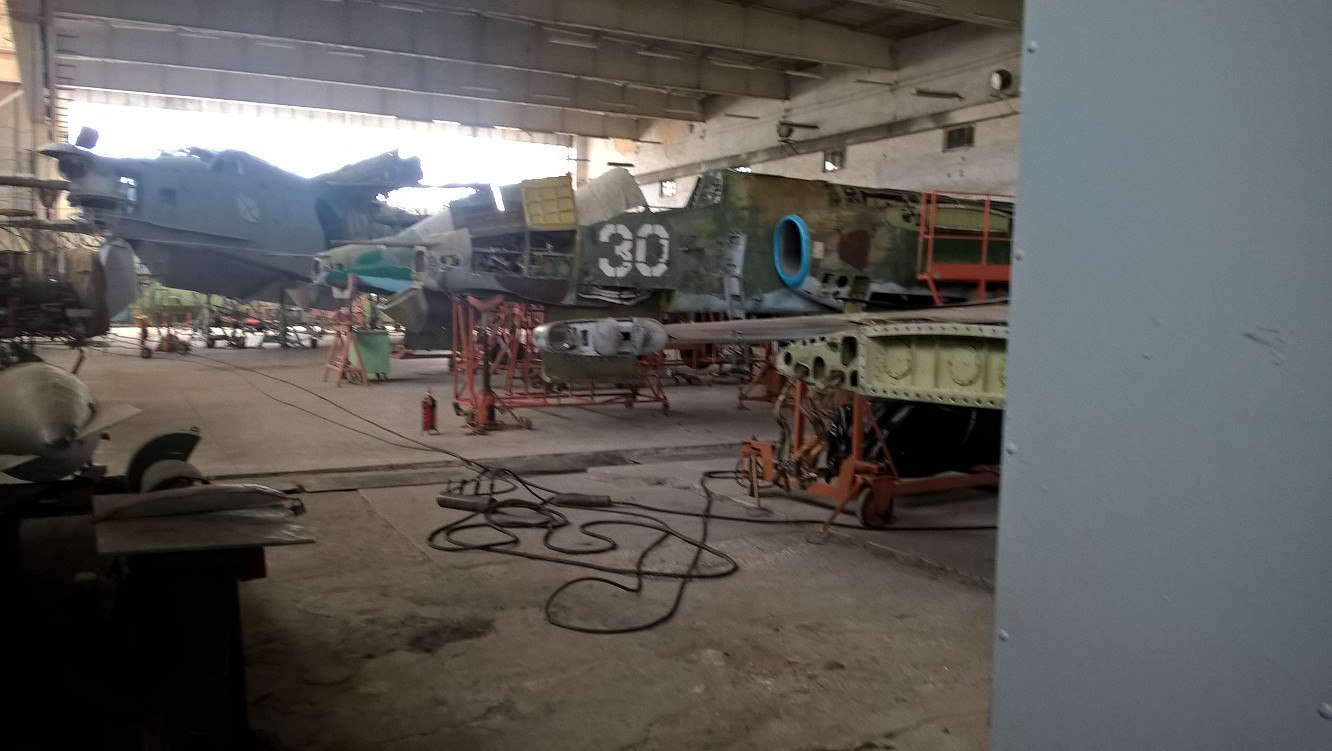My point about the reserve is a little different. The reserve is not, or should not be simply a storing of the oldest material. The material in the reserve should be to be used first, without touch the capabilities of the active forces. The material in the reserve should be combat ready, especially the oldest part of the reserve that would be to be used first.
Then it is important to reach a saturation of the reserve, and to create a continuous rythm of production that allows to a continuous renovation of the material. Habitually the level for a saturation of the reserve depends mostly of the size of the active force, that is not a totally fixed amount.
Also it is important to take into account the different roles, but with an open vision. It is possible to find different ways to do the same, technological innovations allow to it.
Fighter Interceptors:
- Valoration of the role: To remain.
- Outdated models as military concept: -
- Oldest model that remains actual as military concept: MiG-25/31.
- Saturation of the reserve: In saturation. My stimation is that Russia would need 7 or less aircrafts to reach a saturation of the reserve.
- Production of new aircrafts for the role: -
- New projects in development: MiG-41-PAK-DP
In my view the role continues being very actual and useful and is to remain, mantaining their main feature and advantage, that is to have significantly bigger speed than aircrafts of other roles. Then, as long as the development of the MiG-41 is not finnished and its production is not started, I do not expect a retirement of MiG-25/31 aircrafts, because it would mean a reduction of the fleet of fighter interceptors that I do not expect. Also the aircraft still remains actual as military concept. In my view these are the main reasons why aircrafts of this role (MiG-25/31) are not being transfered to Syria.
Fighters: Including Air Superiority and Multirole
- Valoration of the role: To remain.
- Outdated models as military concept: -
- Oldest model that remains actual as military concept: MiG-23.
- Saturation of the reserve: Not satured. My stimation is that Russia would need 120 aircrafts to reach a saturation of the reserve.
- Production of new aircrafts for the role: Su-PAK-FA, Su-27/30/33/35, MiG-29/35
- New projects in development:
In this case, the main problem that I see for the retirement of the MiG-23 is that after the retirement of aircrafts in the previous two decades, today the reserves of aircrafts of this role are not reaching the saturation. Also the aircraft still remains actual as military concept. In my view these are the main reasons why aircrafts of this role (MiG-23) are not being retired or supplied to Syria.
Strategic Bombers: Including long range Maritime Bombers
- Valoration of the role: To remain.
- Outdated models as military concept: Il-38, Tu-95/142
- Oldest model that remains actual as military concept: Tu-22.
- Saturation of the reserve: Not satured. My stimation is that Russia would need 91 aircrafts to reach a saturation of the reserve. But the number would be reduced if the joint active fleet decreases.
- Production of new aircrafts for the role: Tu-160
- New projects in development: Tu-PAK-DA
The role has been under question but is proving to be useful, not only for the use of nuclear weapons but also in its orignial activity of longe range bombing. It requires a configuration and a size of aircrafts that is clearly different to other roles. In the last decades, with the adition of maritime reconnaissance, surveillance and patrol, the long range maritime bombing hability has been considered a different role, but today, the trend is to see unmanned smaller aircrafts assuming reconnaissance, surveillance and patrol roles, and it helps to unify the entire long range bombing hability in a single role. The difference between ground and sea targets and types of weapons is not big enough to keep the difference of roles, and very likely future strategic bombers will be able to afford land and sea, including submarine targets.
Looking at the form that is taking this role for the future, the speed is becoming a feature more important still than it was in the past. With independent reconnaissance, surveillance and patrol (on sea and on land), sometimes done by unmanned aircrafts and spacecrafts, plus detection installations (radars,...), there is a factor of fast answer of increasing importance for the strategic bombing, in adition to the important value of the speed in the safety of the strategic bombers facing the weapons of the adversary in contested areas.
While the development of unmanned shipborne longe range aircrafts for reconnaissance, surveillance and patrol, is less advanced than the development of man-portable air defense (in the case of the FGA), at this point, subsonic aircrafts for long range bombing (today Il-38 and Tu-95-142) are becoming also outdated. The Be-12 has not enough range to be considered a long range bomber, and as consequence is not in this cathegory.
But looking at the state of the reserve of long range bombers, it should not be decommissions still until to reach a saturation of the reserve. In fact, the lack of saturation of the reserve is a sign of lower strenght of the fleet of Strategic Bombers compared to the fleets for other roles, and this would be in my view, the main reason for the restart of the production of the Tu-160, with an important order of 50 aircrafts.
Fighters Ground Attack: Including Close Air Support aircrafts and short range Maritime Bombers
- Valoration of the role: To remain.
- Outdated models as military concept: Be-12, Su-25/28/39
- Oldest model that remains actual as military concept: MiG-27, Su-17/20/22.
- Saturation of the reserve: In saturation. Without include the Be-12, my stimation is that Russia would need 2 aircrafts to reach the exact point of saturation (at the begin of 2017). The Be-12 fleet would be a surplus.
- Production of new aircrafts for the role: Su-34/32
- New projects in development: -
With the development of the man-portable air defenses, the military concept, the fighting style, of Close Air Support is declining. The CAS is becoming an obsolety fighting strategy only usable where the adversary has not man-portable air defense. Today there is not an aircraft that can resist the impact of a man-portable air defense system, and it will not be in the future. As consequence the aircrafts that based its fighting strategy in armour to resist projectiles coming from the land adversary, in order to remain attacking them close to the land lost their strategic advantage, and as consequence become fairly outdated. These aircrafts today, in order to fight vs adversaries with man-portable air defense must adopt an strategy of ground attack from higher distance, like the rest of the FGA, with the disadvantage of being not prepared for it like the rest.
Obviously there are also longer range air defense systems that can defeat other types of FGA, but are far less common, and only the biggest powers control more to who supply them.
Under these conditions, despite to be a decade older, I think the MiG-27 and the Su-17/20/22 have advantage over the Su-25/28/39 in order to remain in the Russian Armed Forces. It means not that the Su-25/28/39 is not useful still. In cases like Syria, under Syrian flag the aircraft would be able to fight still in Close Air Support style (taking some risks that under Russian flag would not).
But the less modern of the aircrafts of this role in terms of performance would be the Be-12, which place is fairly uncertain out of the previous role of maritime bomber, and wich total retirement would not affect to the Russian military capabilities on this role. Looking that the alternatives in production, and at the state of the reserve, there is not problem to begin decommissions in this group. First in line would be the Be-12 (5 active and 34 in the reserve today).
Helicopters of Combat:
- Valoration of the role: To remain with unmanned vehicles.
- Outdated models as military concept: Mi-8/9/13/14/17/18/19/24/25/35/171/172/177, Mi-28, Ka-52/50
- Oldest model that remains actual as military concept: -
- Saturation of the reserve: Not satured.
- Production of new aircrafts for the role: Mi-8/9/13/14/17/18/19/24/25/35/171/172/177, Mi-28, Ka-52/50
- New projects in development: Not public.
In this case the entire concept of combat helicopter is under revision. Helicopters for combat roles are vulnerable, and new technologies are showing the way to avoid the casualties, going to unmanned helicopters.
Today, the unmanned combat aircrafts/helicopters, are still less developed than unmanned aircrafts/helicopters for reconnaissance, surveillance or patrol roles, but we begin to see something. Maybe still early to have real alternatives to the current helicopters in the battlefield, even maybe be too early to cut the production and procurement of new units of the current combat helicopter models, but in other stages, as example looking at the development of new models to replace the current fleet of combat helicopters, surely we are in the right time to rule out the development of more manned combat helicopters. Another example is that it would not make sense to reach the level of saturation of the reserves with warfare of a military concept that begins to decline.
While there is not an advanced unmanned alternative in production, I expect the current fleet to remain stable.
Note that the difference between combat helicopters and auxiliary helicopters (transport, training, utility,...) is in the hability to carry and use armament. The Ka-27/28/29/31/32 seems closer to what would be an auxiliary helicopter (also some non-military ships of the coast guard are able to carry some torpedo).
-----------
As resume:
1.- In the short term I only expect the total decommission of the Be-12, including of the reserve. To Syria?, like France used the Breguet Atlantique 2? Maybe.
2.- Next in line for a total decommission? Uncertain.
3.- Three models of combat helicopter in production maybe redundant. In the short term it is possible the stop of the production of the Mi-8/9/13/14/17/18/19/24/25/35/171/172/177 (also from an air transport point with the new Mi-38).
4.- I do not expect the development of new models of only subsonic Strategic Bombers.
5.- I do not expect the development of new models of only subsonic Fighter Ground Attack aircrafts. I do not expect the old order of Be-200 to be completed (to work as short range maritime bomber).
6.- I do not expect the development of new models of manned Combat Helicopters.
Last edited by eehnie on Tue Aug 29, 2017 5:01 am; edited 6 times in total





